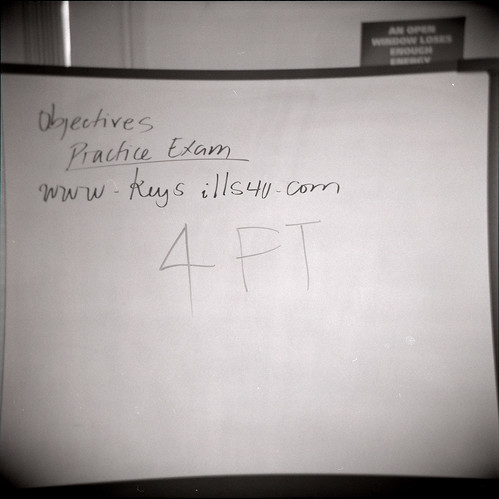Katie Cooke has just launched a portfolio site of her pinhole work, which I am a rather huge fan of. I could go on and on about how great it is, but you may as well just go and see for yourself at slowlight.net.
While you’re there, you may also want to have a look at her Slowlight Pinhole Blog.

